Emeralds, The Loyal Mineral
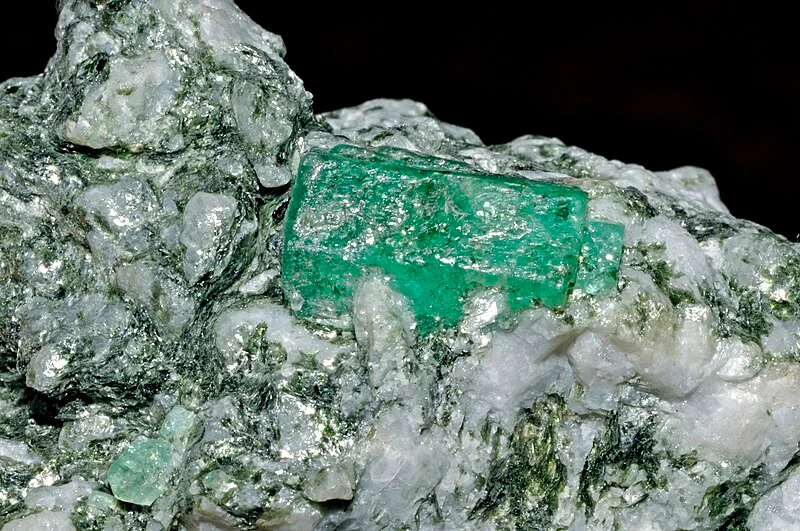
Emeralds, the vibrant green gemstones, have captivated humans for centuries with their stunning beauty and rarity. This post provides an in-depth look at emeralds, focusing on those found in Nigeria and the renowned Muzo Mines. From their formation deep within the Earth’s crust to their historical significance and modern uses, emeralds are truly fascinating gems.
Geological Formation
Emeralds are a variety of the mineral beryl, which is composed of beryllium aluminum cyclosilicate. The characteristic green color of emeralds comes from trace amounts of chromium, vanadium, and iron in the crystal structure. These gemstones are formed in hydrothermal veins, where hot water enriched with these elements interacts with existing minerals in the host rock, typically granite or schist.
In Nigeria, emeralds are found in the Mambilla Plateau region, situated in the northeastern part of the country. The emeralds here are formed in pegmatite veins, which are coarse-grained igneous rocks rich in minerals. These pegmatites were intruded into the surrounding rocks during tectonic movements millions of years ago, providing the conditions necessary for emerald formation.
Muzo Mines: A Legendary Source
The Muzo Mines in Colombia are renowned for producing some of the finest emeralds in the world. Located in the Boyacá region, these mines have a long history dating back to pre-Columbian times when the indigenous Muisca people mined emeralds from these mountains.
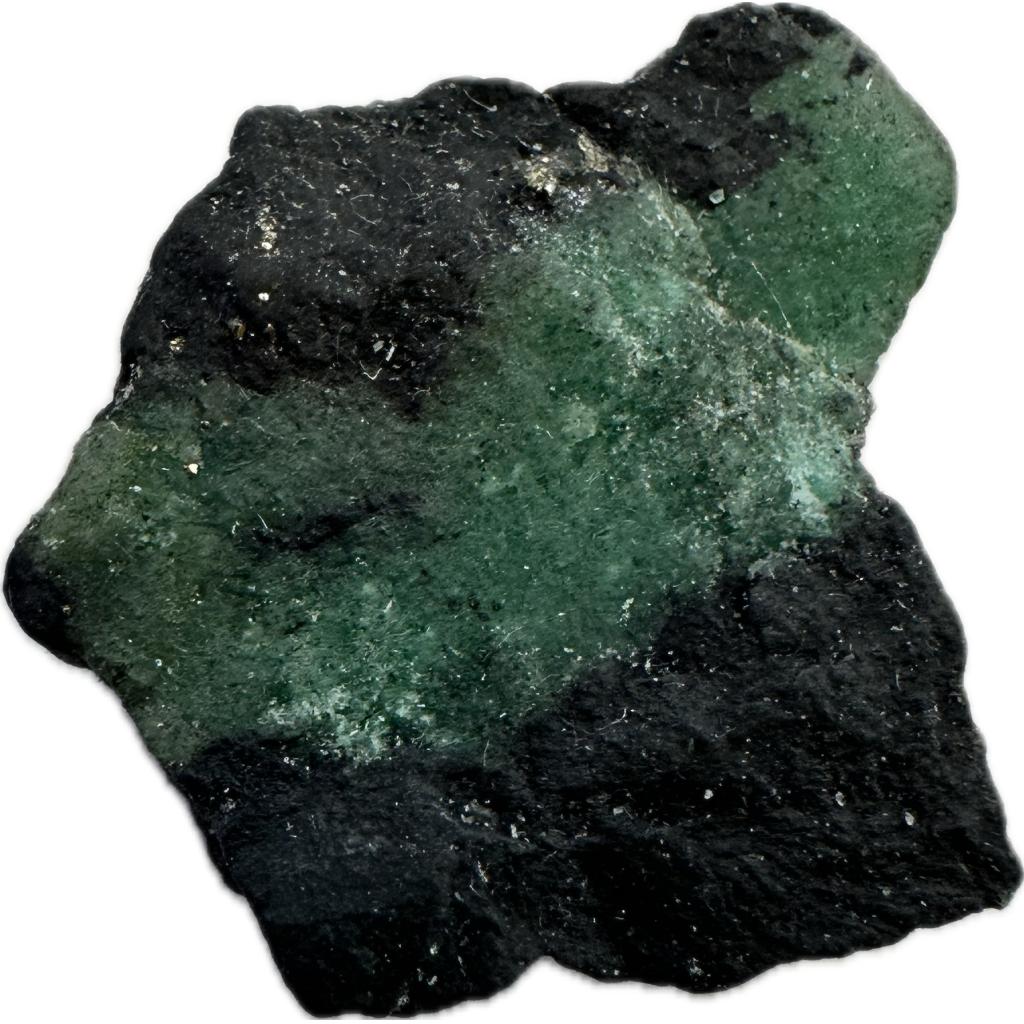
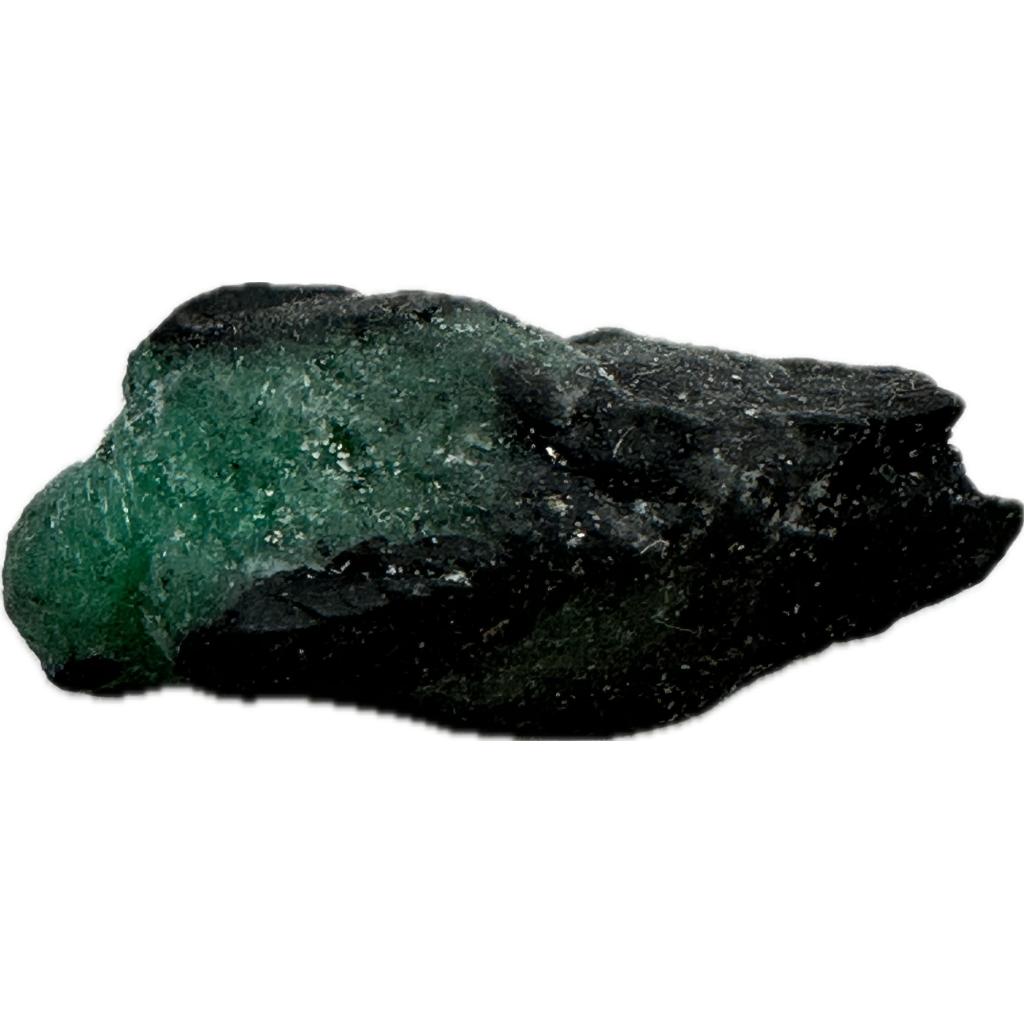
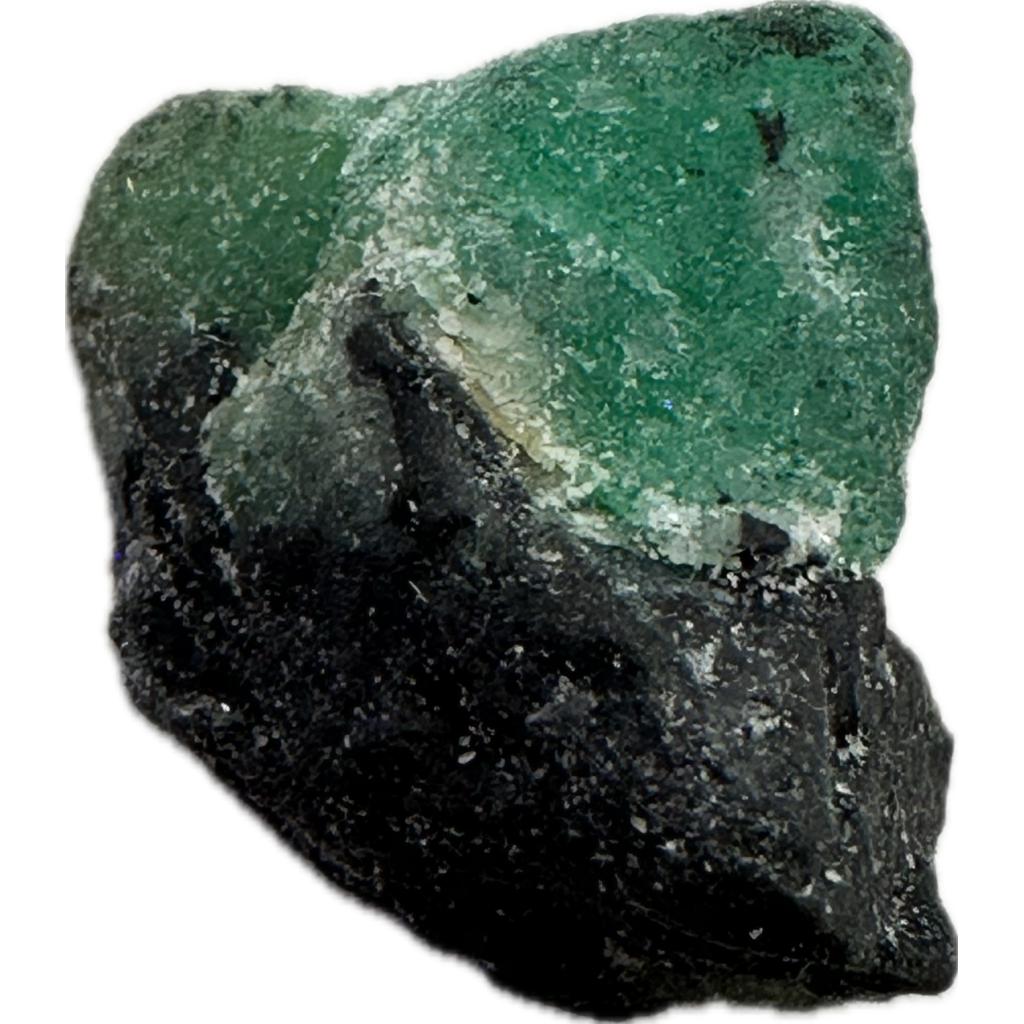
The emeralds from Muzo Mines are known for their deep green color and exceptional clarity. This region’s geology, characterized by the presence of black shale and dolomite, is believed to contribute to the formation of these high-quality gemstones. The emeralds from Muzo Mines have been prized by royalty and the wealthy elite throughout history, with some of the most famous emeralds in the world originating from this region.
Characteristics and Properties
Emeralds are prized for their vivid green color, which can range from light to dark green, depending on the amount of chromium and vanadium present. The presence of inclusions, known as “jardin” (French for garden), is common in emeralds and can affect their clarity. However, these inclusions are often seen as adding to the stone’s character and are used to distinguish natural emeralds from synthetic ones.
Emeralds have a hardness of 7.5-8 on the Mohs scale, making them relatively hard but still susceptible to scratching and chipping. This hardness, combined with their stunning color, makes emeralds highly desirable for use in jewelry, especially in rings, earrings, and necklaces.
Historical Significance
Emeralds have been cherished for thousands of years, with their first known use dating back to ancient Egypt, where they were mined near the Red Sea. The Egyptians believed emeralds symbolized fertility and rebirth and often buried them with their dead.
In medieval Europe, emeralds were believed to have healing properties, curing ailments ranging from poor eyesight to infertility. They were also associated with love and were believed to reveal the truth of a lover’s feelings.
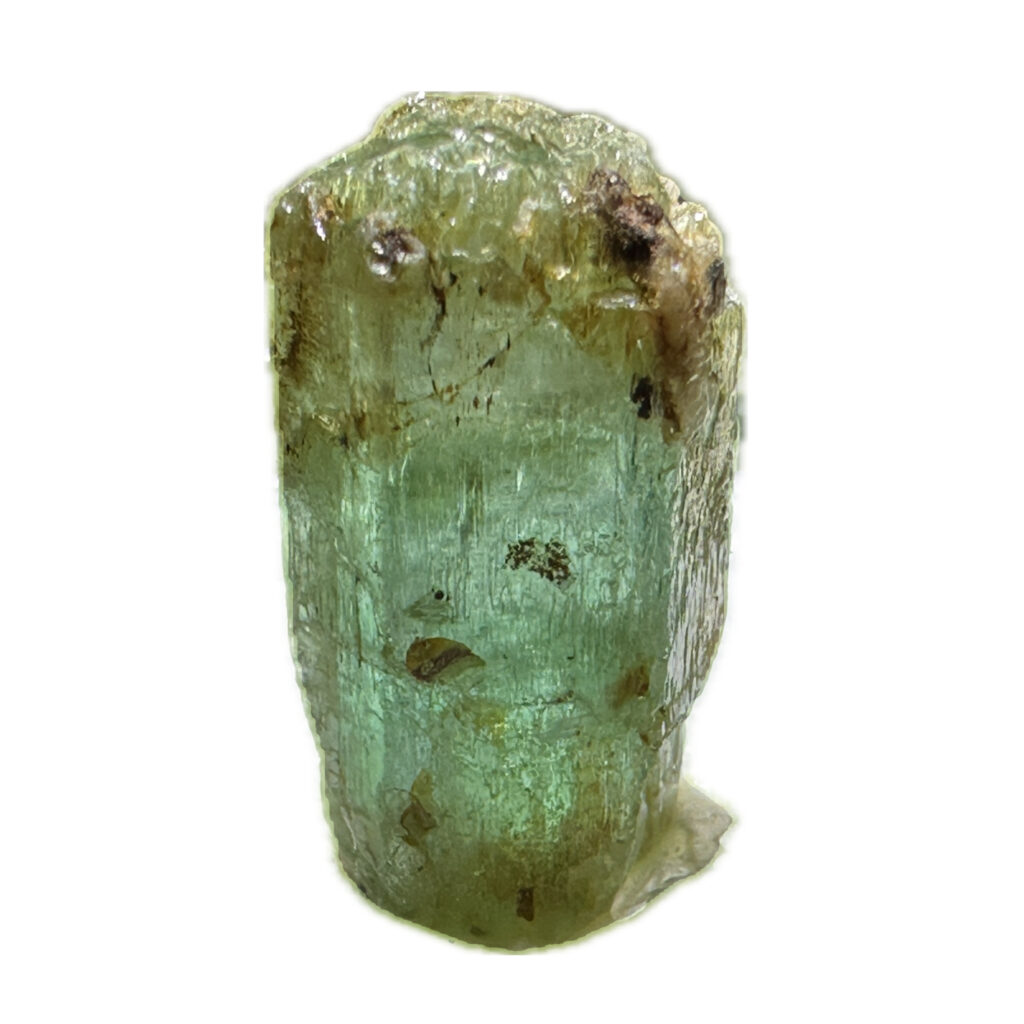
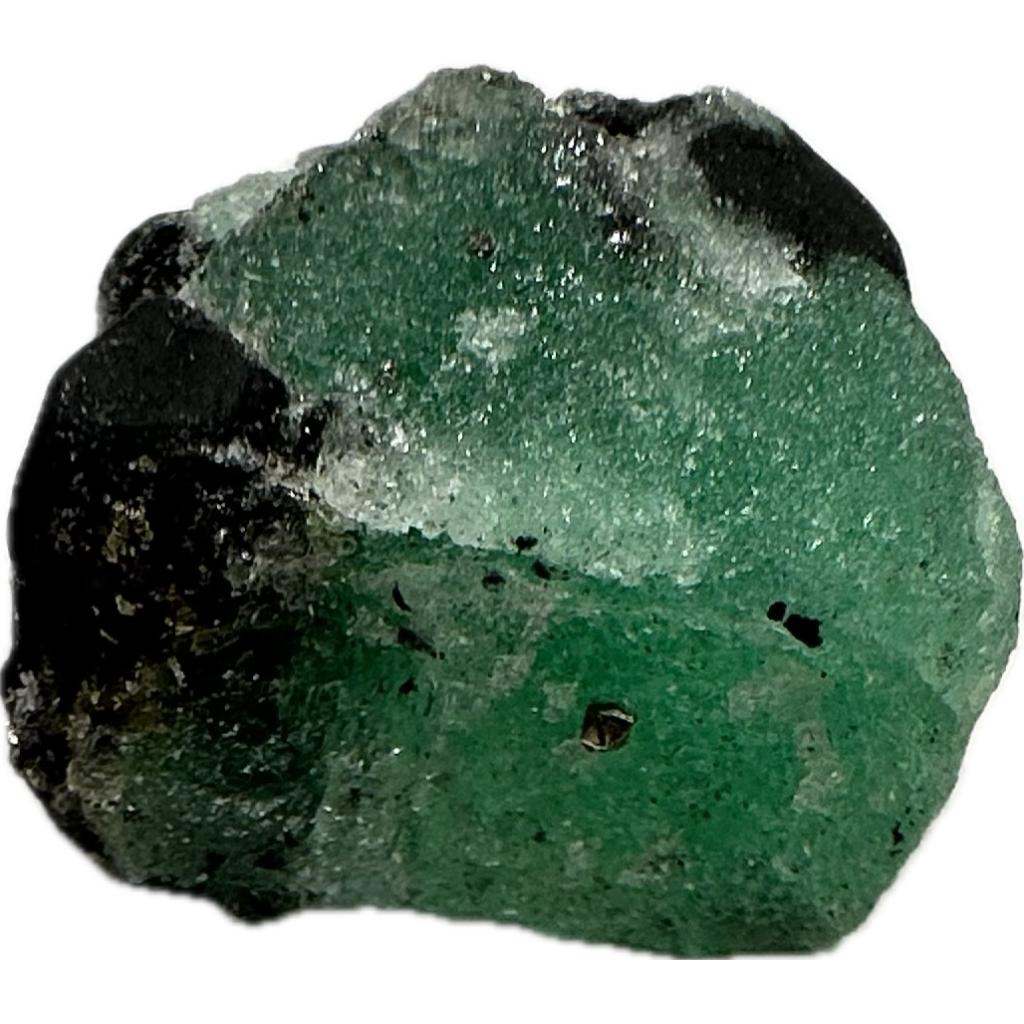
Modern Uses and Mining Practices
Today, emeralds are still highly valued for their beauty and rarity. They are often used in high-end jewelry and are a popular choice for engagement rings and other special occasion pieces. Modern mining practices have improved the efficiency and sustainability of emerald mining, with companies using advanced technology to extract gemstones while minimizing environmental impact.
In Nigeria, efforts are being made to develop the emerald mining industry responsibly, ensuring that local communities benefit from the economic opportunities it brings. Similarly, in Colombia, measures are in place to protect the environment around the Muzo Mines while preserving the rich cultural heritage of the region.
Conclusion
Emeralds are not just gemstones; they are a testament to the Earth’s geological processes and the ingenuity of humans in extracting and appreciating their beauty. Whether found in the rugged mountains of Nigeria or the legendary mines of Muzo, emeralds continue to enchant us with their mesmerizing green hues and timeless allure.
Additional Information on Emeralds
Emeralds have been highly valued throughout history for their stunning color and rarity. The value of an emerald is determined by several factors, including color, clarity, cut, and carat weight. The most valuable emeralds are those with a deep, vivid green color and few inclusions.
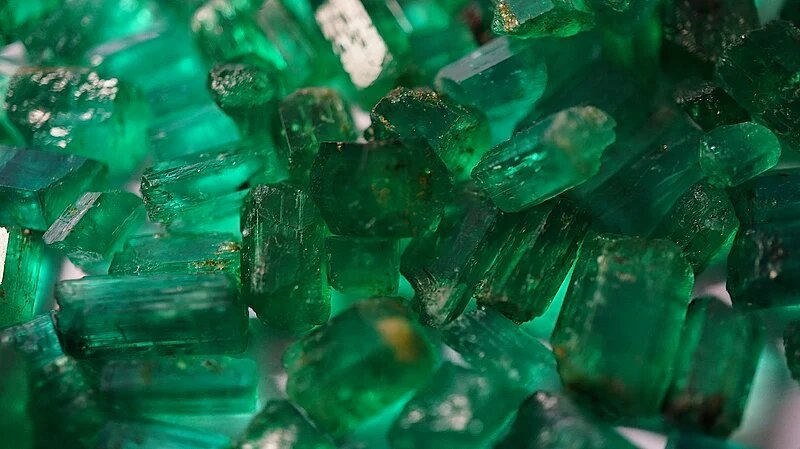
Emeralds are often treated to improve their clarity and color. Common treatments include oiling, which involves filling surface-reaching fractures with oil to improve clarity, and fracture filling, which involves filling surface-reaching fractures with a glass-like substance to improve clarity and color.
Emeralds are found in several locations around the world, including Colombia, Brazil, Zambia, and Afghanistan. Each location produces emeralds with unique characteristics, but Colombian emeralds are generally considered the most valuable due to their exceptional color and clarity.
In addition to their use in jewelry, emeralds have been used for centuries in various cultural and religious practices. They are believed to bring luck, health, and prosperity to those who wear them and are often used in talismans and amulets.
